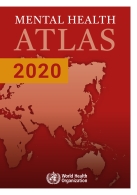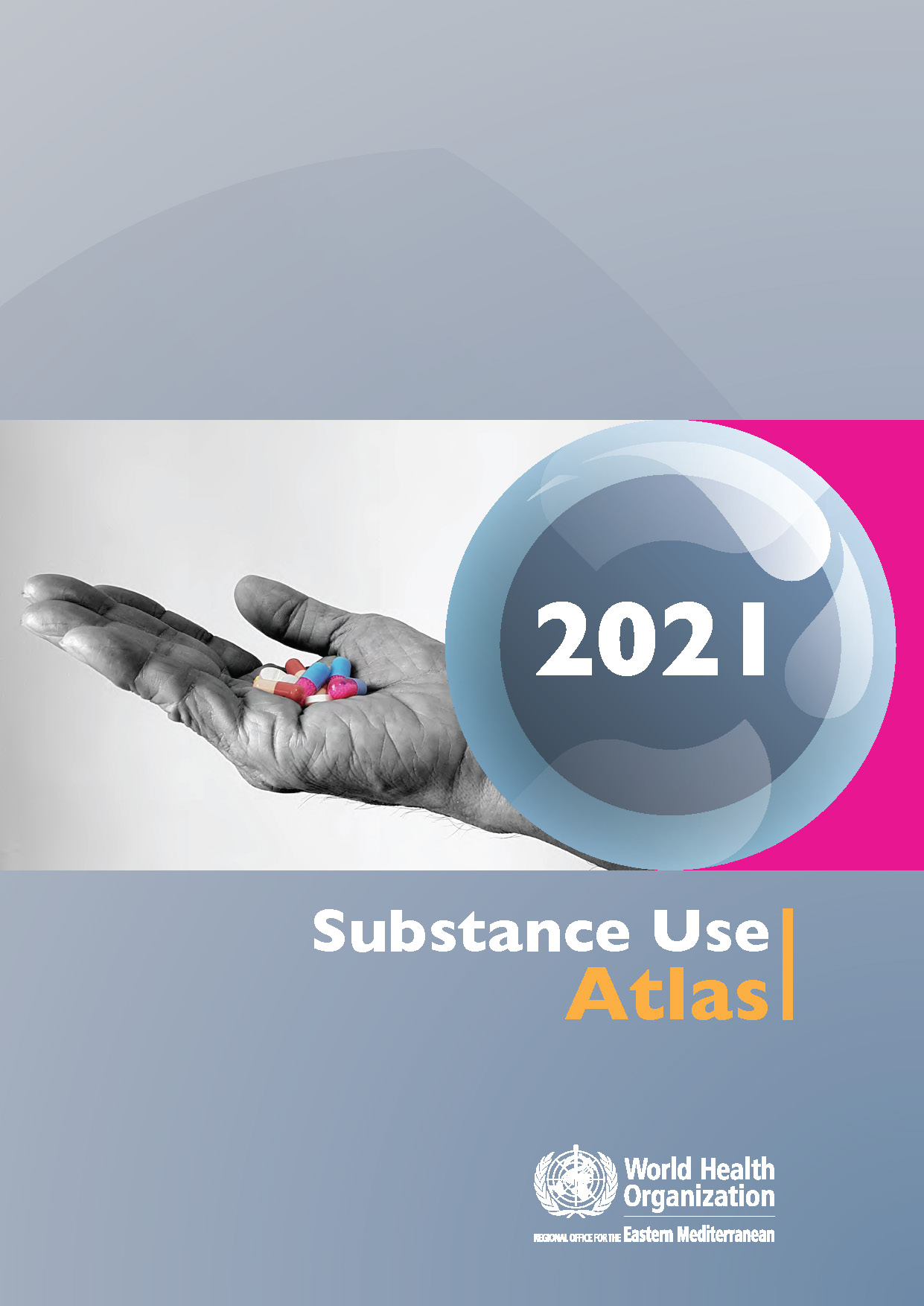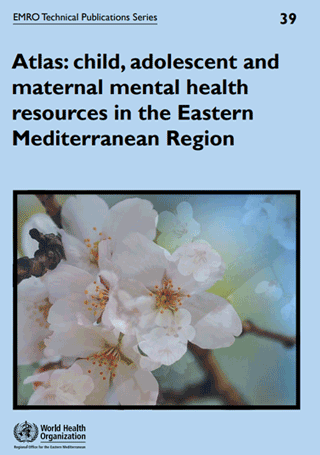Data and statistics
No health or sustainable development
without mental health
WHO started tracking the resources available for mental health, substance use, and child, adolescent and maternal mental health in 2000 and works with countries to systematically monitor services, policies, legislation, plans, strategies and programmes. We use a common methodology and core questionnaire across countries to evaluate levels of implementation, as well as measure progress and impact over time.
The atlas projects
We designed three atlas projects to map resources available for mental health, substance use, and child, adolescent and maternal mental health in countries of the Eastern Mediterranean Region. We focus exclusively on countries of this Region with their distinct demographic, cultural, religious and social attributes.
Mental health atlas

The WHO Mental health atlas project started in 2000, when a first assessment of available mental health resources in WHO countries was carried out. It is a compilation of data provided by countries around the world on mental health policies, legislation, financing, human resources, availability and utilization of services and data collection systems. It serves as a guide for countries for the development and planning of mental health services. Updates have been published in 2005, 2011, 2014, 2017 and 2020. The atlas is being used to track progress in the implementation of "WHO’s Mental health action plan 2013–2020", which has been extended until 2030. "Mental health atlas 2014" provided baseline values for agreed action plan targets.
The most recent "Mental health atlas 2020" includes information and data on the progress made towards achieving mental health targets for 2020 set by the global health community and included in WHO’s Comprehensive Mental Health Action Plan. It includes data on newly-added indicators on service coverage, mental health integration into primary health care, preparedness for the provision of mental health and psychosocial support in emergencies and research on mental health. It also includes new targets for 2030.
Mental health atlas 2020: review of the Eastern Mediterranean Region
Mental health atlas 2017: resources for mental health in the Eastern Mediterranean Region
Mental health atlas 2014: resources for mental health in the Eastern Mediterranean Region
Mental health atlas 2011: resources for mental health in the Eastern Mediterranean Region
Substance use atlas

The atlas project on substance use has been developed by WHO to collect, compile and disseminate information on the availability of resources for the prevention and treatment of substance use disorders. A first assessment of the available resources was carried out at the global and regional level, by drawing together information from 147 countries that represent 88% of the world’s population, and the first atlas on substance use was released in 2010, followed by updates in 2012 and 2015.
The report comprises findings on: sociodemographic characteristics; epidemiology of substance use; leadership and governance; financing; service organization and delivery; pharmacological treatment; special programmes and services; prevention; workforce; and information systems.
Atlas: child, adolescent and maternal mental health resources in the Eastern Mediterranean Region

In 2010, this atlas was developed to map child, adolescent and maternal mental health resources in countries of the Region, where information was collected for 19 countries. The data collection tool and methodology were modelled on an earlier WHO global exercise conducted in 2005.
The tool assessed a number of key components: public policy and legislation; mental health services; health care financing; human resources; data collection and quality assurance; medications and other treatment modalities; promotion and prevention of psychiatric problems and social, cultural and religious factors impacting maternal, child and adolescent mental health.








